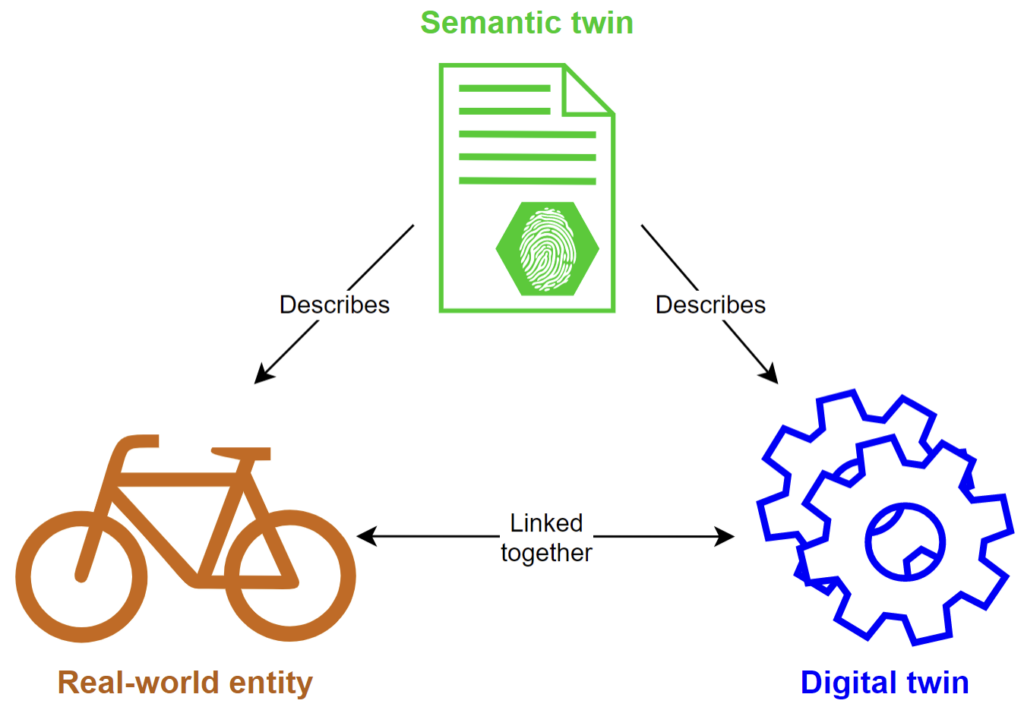Digital twins are quickly becoming popular solutions as they help provide many types of services for the end-users: e.g. urban digital twins are shaping the city of Helsinki and the lives of its residents, and predictive digital twins provide a general methodology for the asset management and predictive maintenance of devices such as batteries and aircraft. These and many other use cases demonstrate that digital twins are highly flexible solutions capable of accomplishing pretty much any digital task. In fact, the potential use cases are so wide-ranging that even the concept of digital twins itself feels somewhat ambiguous, especially for newcomers.
But even experienced users of digital twins face real challenges in utilising this technology as there are no standard solutions for describing the digital twins (their capabilities, where these services can be accessed, who is allowed to use the services, and where further access can be purchased etc.), so utilising the services of a digital twin may have to begin with extensive search of the required information. Another problem affecting digital twins that provide publicly accessible services is discoverability: how can the interested users even know about the existence of the digital twin and its services.
To bring structure to this ambiguity, the IoT-NGIN project is introducing the concept of Semantic Twins. As shown in the figure above, a Semantic Twin describes a digital twin and its corresponding real-world entity in a structured machine-readable format. Together, these three entities form a Twin Triplet.
The structured semantic descriptions are made according to the needs of the use case, for example, to describe the interfaces to the various services of the digital twin. This allows programs to automatically explore the semantic twin as the descriptions are provided in semantically defined terms which means that they are machine-readable and understandable.
A key element in providing better interoperability is that the semantic twins heavily rely on common ontologies for structuring the descriptions. This way, the users of the twins can have an unambiguous understanding of the provided information. The ontologies for each use case can be chosen based on the needs of the application domain and the types of the real-world entities and digital twins, which makes the semantic twin concept highly adaptable. In the IoT-NGIN project, where the real-world entities are mostly IoT devices, ontologies such as SAREF [2] are a natural fit.
Finally, semantic twins also help discoverability of the triplets by providing them unique identities. Technologies such as Self-Sovereign Identities (SSIs) are particularly suitable for semantic twins as they support truly decentralised and privacy-preserving use of the services, and enable crawlers to maintain up-to-date lists of publicly accessible triplets.
Semantic twins were born out of the need to bring structure to the ambiguous concept of digital twin. Digital twins are being implemented in vastly different kinds of systems, but the core concept behind all of these twins is the same: having a digital entity that helps a real-world entity. We claim that the semantic twins are a great tool to make all digital twins appear more similar, and thus, easier to utilise, which will help in sharing information even between twins from highly different domains, and even form global networks of digital twins that facilitate new types of services.
For more information, take a look at our Guide to Semantic Twins!
References
1
https://github.com/IoT-NGIN/guide-to-semantic-twins
2
https://saref.etsi.org

